Learn about our Spring Sea-Bird University online training session, a new case study to study water quality in partnership with the University of Hawai’i, promotions, and more!


Learn about our Spring Sea-Bird University online training session, a new case study to study water quality in partnership with the University of Hawai’i, promotions, and more!

Learn about our new software, Fathom, learn about our moored pH solutions, get a recap of our presence at OSM24, and more.
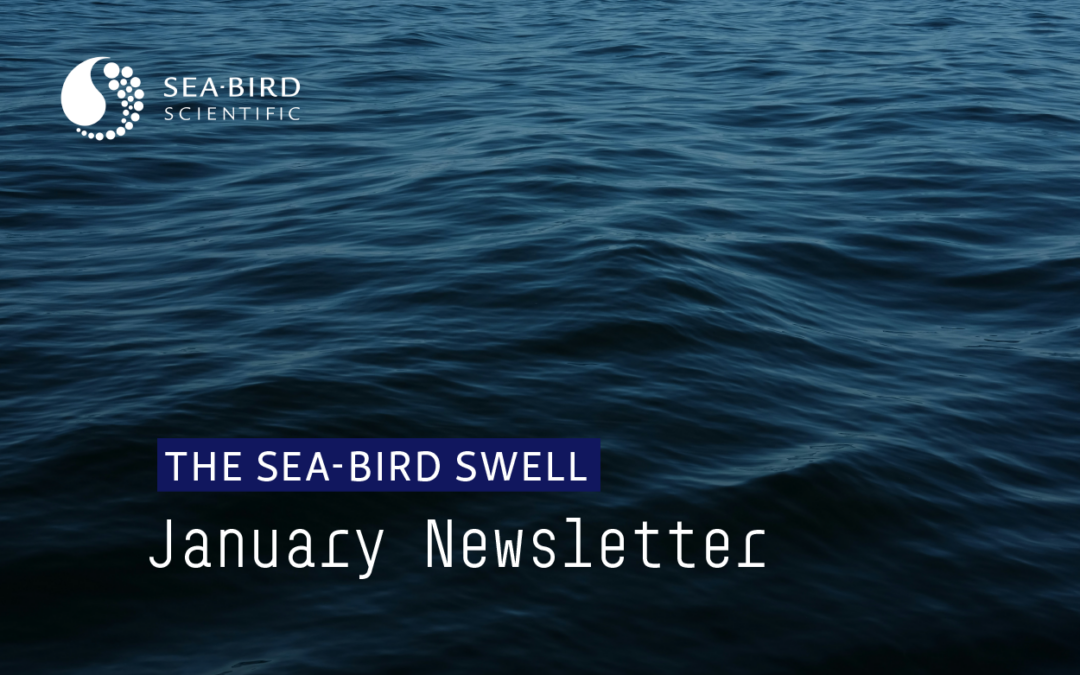
Learn about CTD Appreciation Day, upcoming events at SBS, new things to come this year, and more!
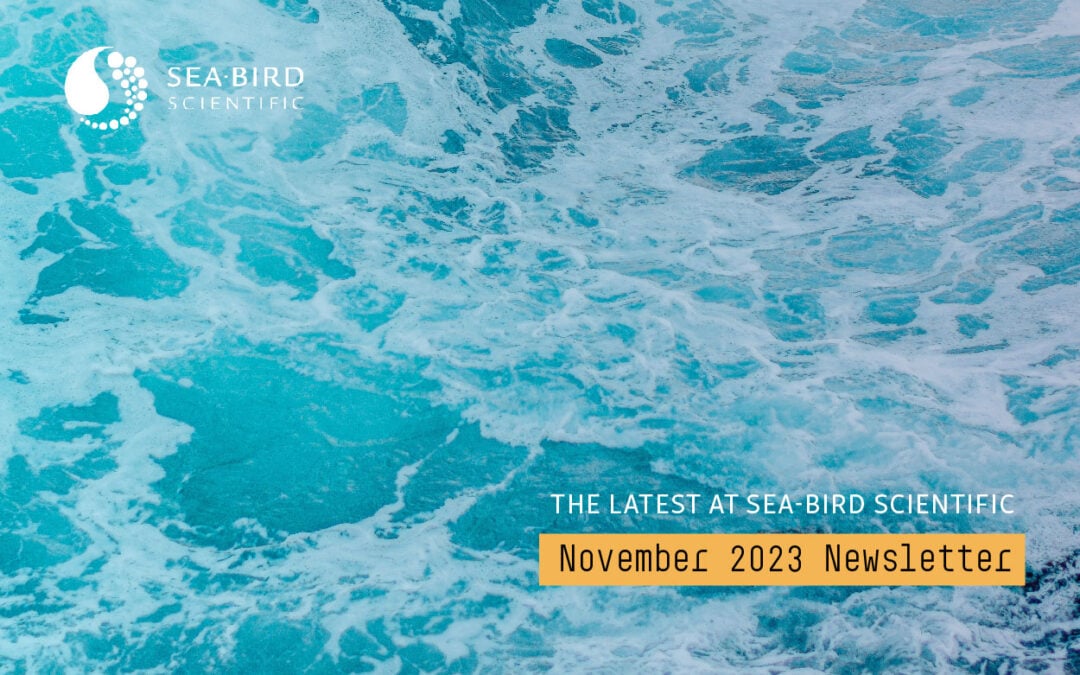
Learn more about our presence at AGU Conference this month, partnerships for deep sea exploration, optical oceanography training, new job postings, and more.
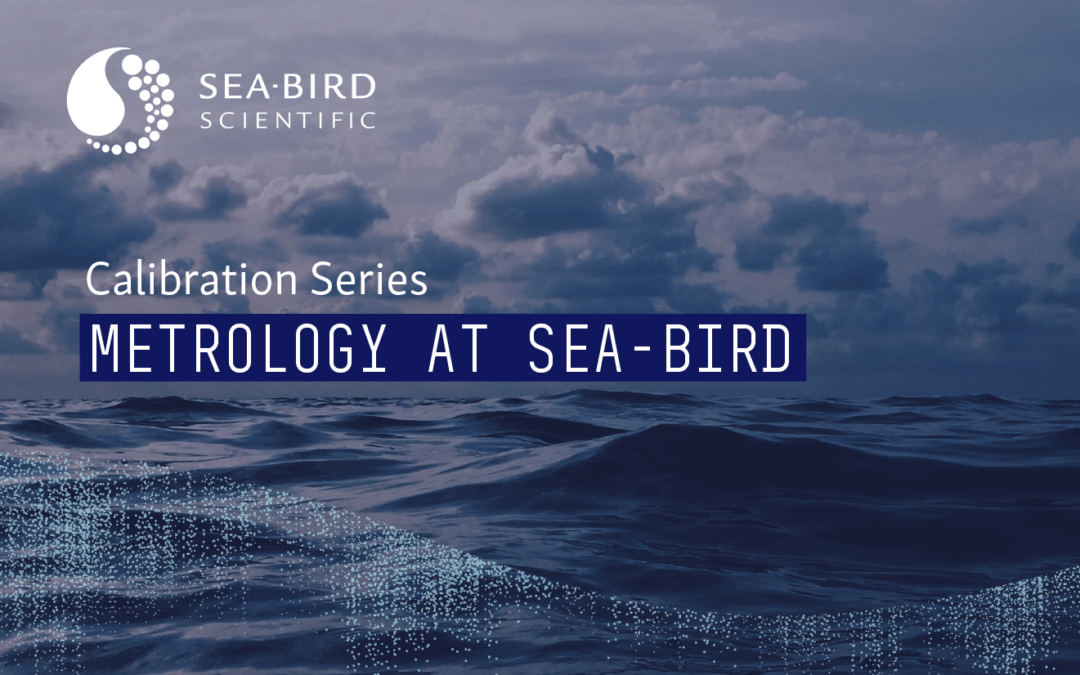
Conceptually, inductive moorings seem complex – communicating with 100 instruments through a single cable doesn’t exactly sound intuitive. But, in practice, the setup is surprisingly simple. Watch our latest video to see how easy it is to test and simulate an inductive modem mooring.
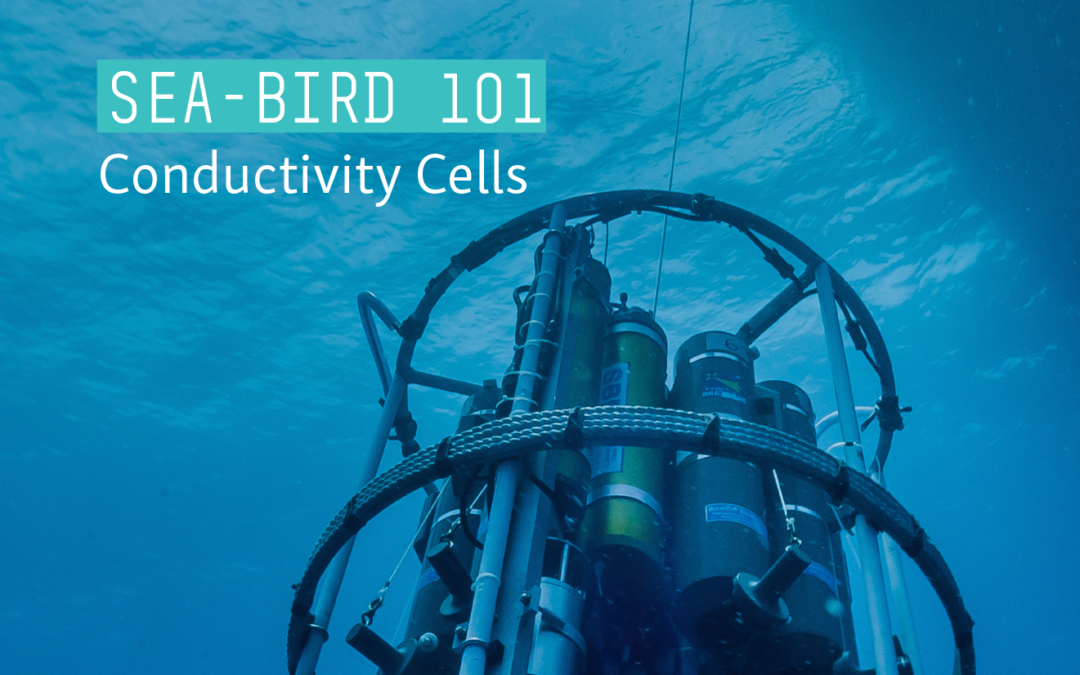
Conceptually, inductive moorings seem complex – communicating with 100 instruments through a single cable doesn’t exactly sound intuitive. But, in practice, the setup is surprisingly simple. Watch our latest video to see how easy it is to test and simulate an inductive modem mooring.
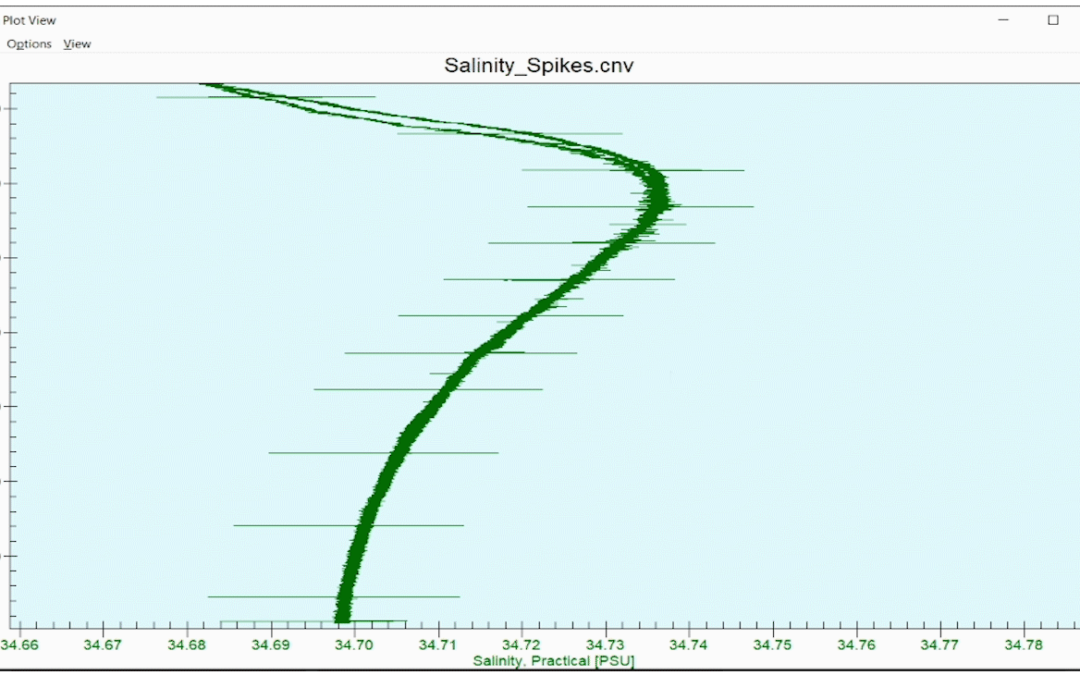
This salinity profile was from an arctic deployment in rough seas. At a certain point, we see regular salinity spikes of about ± .01 psu in the upcast data. Can you determine what caused this?
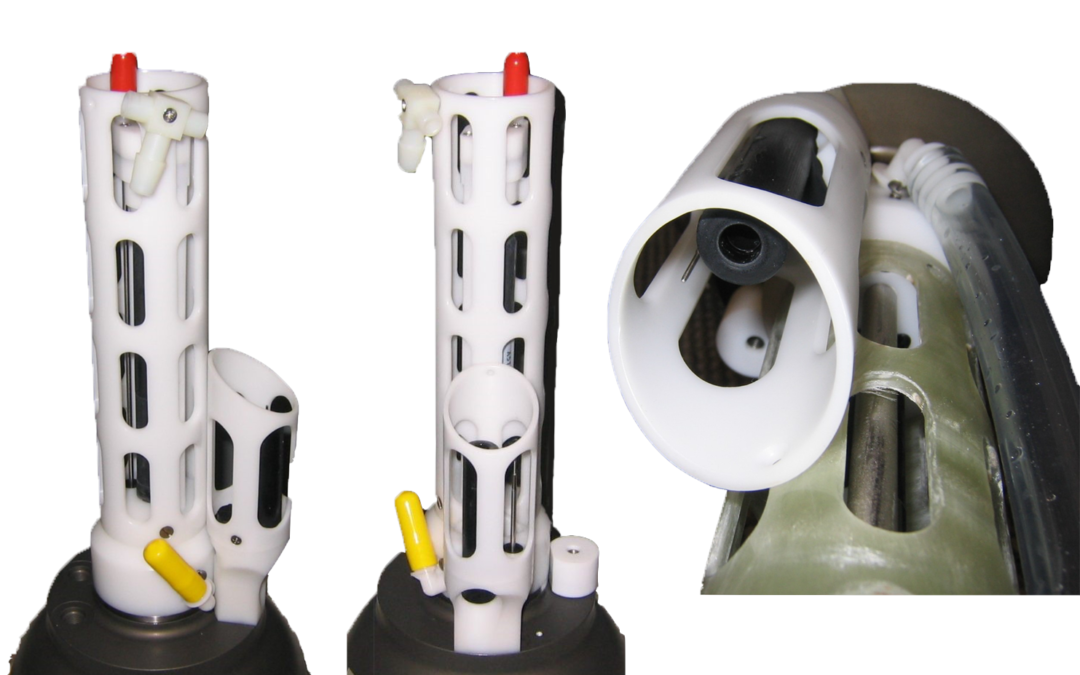
You never know what’s floating on the surface. That’s why Sea-Bird created the STS – to prevent the main Argo CTD from ingesting surface contaminants, but still obtain surface data. Learn how it helps extend deployments.
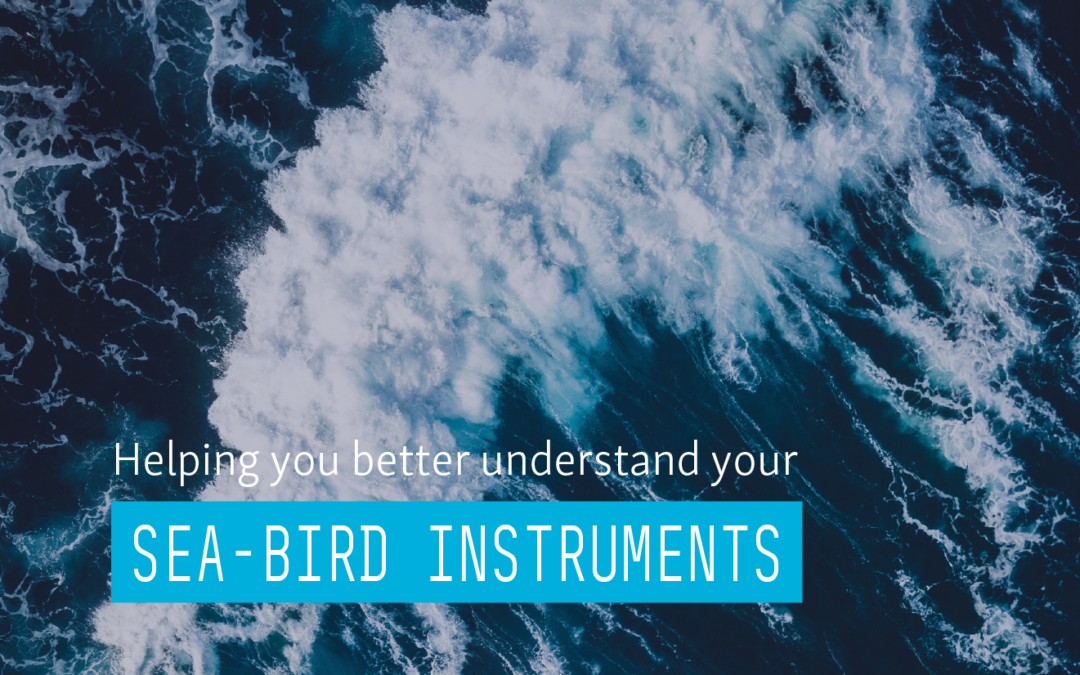
Our training videos focus on useful information that we usually don’t cover in Sea-Bird University. Watch now to learn about topics ranging from troubleshooting water samplers to understanding solid-state pH sensors. View Our Video Collection Have a request for a new...
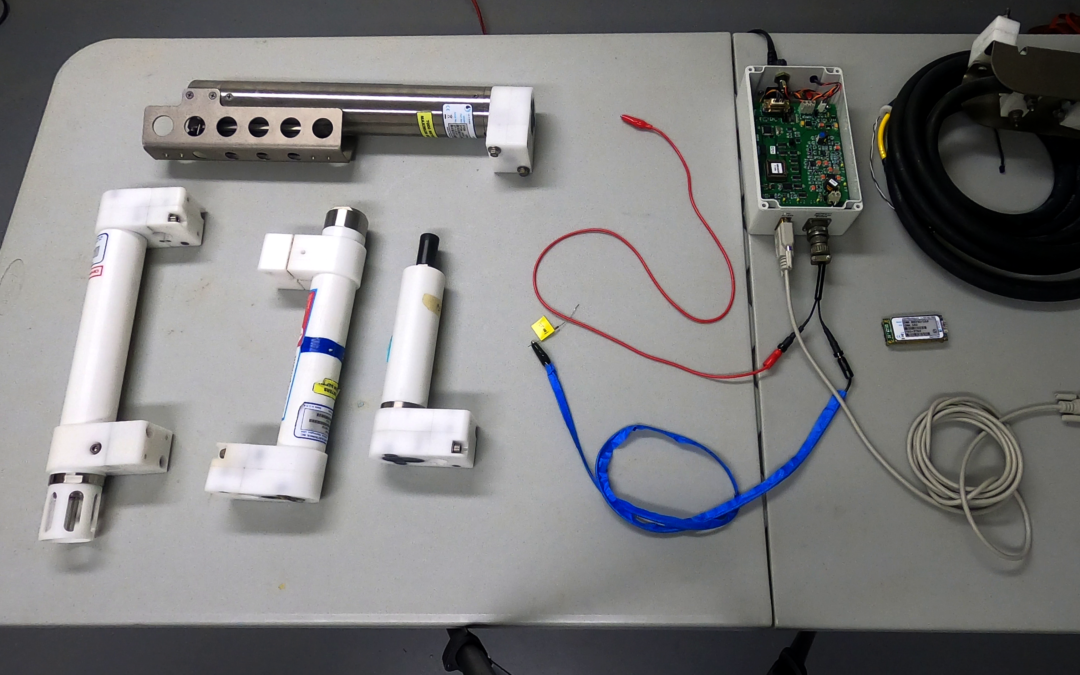
Conceptually, inductive moorings seem complex – communicating with 100 instruments through a single cable doesn’t exactly sound intuitive. But, in practice, the setup is surprisingly simple. Watch our latest video to see how easy it is to test and simulate an inductive modem mooring.
Press Release FOR IMMEDIATE RELEASE Sea-Bird Scientific Announces New Distribution Agreement with TERAMARA (formerly DASCO Equipment Inc.) Bellevue, WA – August 1st, 2024 – Sea-Bird Scientific, a leading provider of oceanographic and environmental monitoring...
We hope to see you at our upcoming Scripps Technical Forum We invite members of the Scripps community to join us for an in-person Technical Forum and visit at the Scripps campus on October 16 + 17 in La Jolla, San Diego, CA, to showcase the latest in software...
We hope to see you at Ocean Optics Conference XXVI 2024 Please join us for our exhibition at the Ocean Optics Conference XXVI in Las Palmas De Gran Canaria, Spain, from October 6-11, 2024. Overview The Ocean Optics Conference attracts a diverse audience of active...